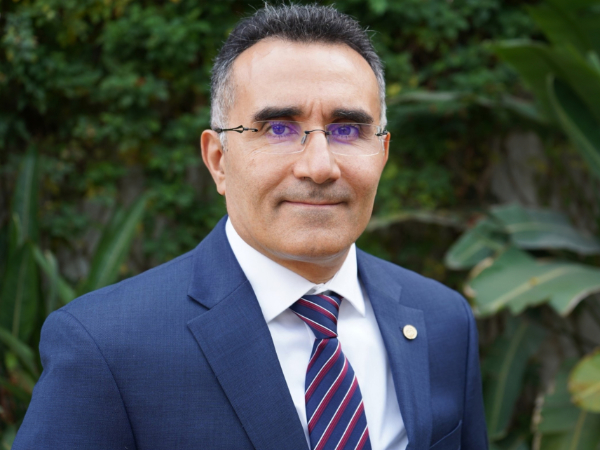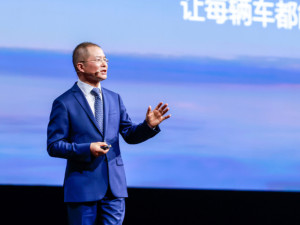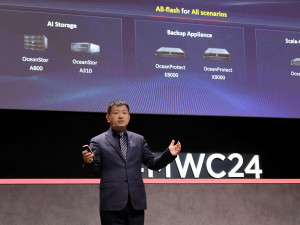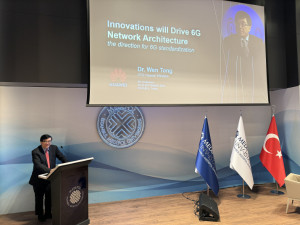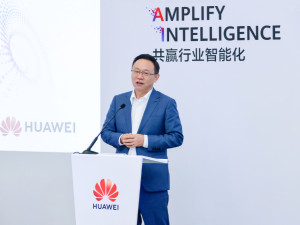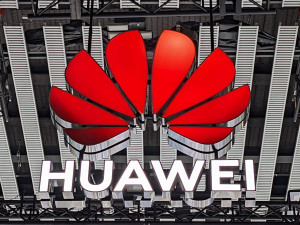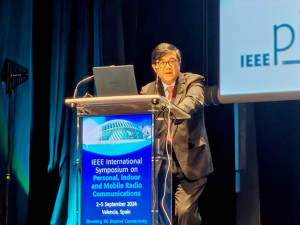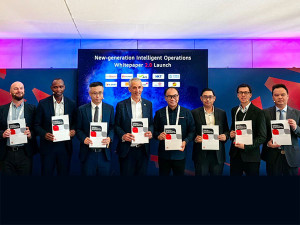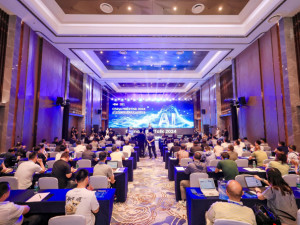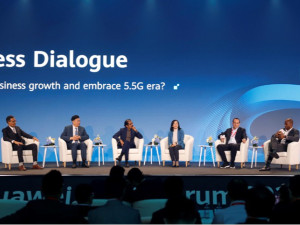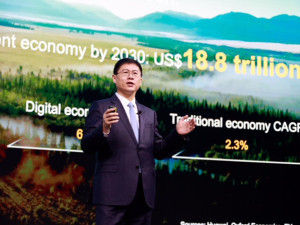Huawei Analyst Summit (HAS) 2024 may have been a closed event for media this year but Developing Telecoms was still in Shenzhen to soak in new developments from Huawei and scope out the vendor’s almost mythical Ox Horn Campus, a fairy-tale project from Huawei founder Ren Zhengfei.
European cities were the inspiration for the 12 zones that make up the campus, and materials from Europe were imported to faithfully construct spires, clock towers and amphitheatres.
Paris, Verona, Bruges, Granada and Windermere are a few of the locations that were chosen for this grand project. Around 25,000 staff are housed across 9 square kilometres, with the bulk from Huawei’s R&D division. Huawei spent a reported CNY10 billion (US$1.5 billion) on the Ox Horn Campus, which opened in 2019.
The Chinese vendor often highlights in its annual results how much money it pours into R&D - although it evidently has enough left over for projects like this.
But of course, the bulk of its R&D spend is designated to its thousands of engineers who are working every day on new innovations to keep the vendor competitive in a global landscape that has seen it frozen out of western markets, preventing it from procuring vital hardware and software.
Investment is now no doubt going into the AI race - a technology that, while not new, experienced a surge in interest over the past year, and not only in the telecoms space.
Experts lauded AI and its potential to change every aspect of everyday life. Most alluringly - or concerningly - the majority of jobs will become automated.
To digest and anticipate what is coming for the telecoms space, GlobalData Senior Principal Analyst Andy Hicks, who attended HAS 2024, offered us some insight into the current status quo.
Hicks outlined operator challenges around implementing AI, the risks of falling behind, and governance of the landscape shifting technology.
Generative AI (gen AI) was MWC Barcelona 2024’s buzz term of the show, and every player in the telecoms space is trying to effectively tap into it. Hicks dubbed gen AI as a “fancy autocomplete” pointing to how it can generate video, or avatars on smartphones to improve the appeal of such products.
The analyst stressed gen AI is not “all of AI” - it’s one part of a bigger system. He said Huawei is currently looking to combine gen AI with predictive AI which uses machine learning to identify patterns across past events to make predictions on future outcomes.
Hicks revealed Huawei is working to tokenise structured data, so that it can be run through transformer models - neural networks that learn context and meaning by tracking the relationship of data. Transformers are also used in search engine results, and they can detect anomalies and trends in data and make recommendations to keep a mobile network to maintain optimum levels of service.
“What Huawei seems to be experimenting with is trying to make information all processable by a generative AI engine,” explained Hicks.
By using an AI engine or interface, Hicks pointed out how data can be used by operators to streamline high volumes of traffic in a concentrated area.
“Large numbers of people in a park would stress cells around the area and cause problems across the network due to overheating. “Network operation centres work to ensure TikTok, YouTube or Facebook are running as well as possible. An experienced employee won’t need generative AI to deal with this particular issue, and what companies are trying to achieve is a machine equivalent of this experienced engineer to resolve issues,” explained Hicks.
A gen AI interface can explain in plain language that high traffic is overloading cells in the park, and accordingly recommend to shift traffic away from the park to even the load, noted Hicks.
This presents an ideal scenario for operators who are seeking to reduce costs as revenues decrease while maintaining good service. However, Hicks warned there is much to be safeguarded from the dark side of AI.
Defence against the dark AIs
World leaders recognise that AI will have a huge impact on the globe, but they also see that it can swing negatively as well as positively if safeguards aren’t put into place, prompting forums and meetings for universal agreements.
In the telecoms world, Hicks highlighted how at MWC operators were buzzing around the use case of chat bots that can offer subscribers curated deals and prevent churn. But as well as being a potential revenue generator, chat bots can also prove to be a weakness to be exploited by nefarious actors.
This is a dataset challenge that must be tackled, said Hicks. “Operators are worried that people will use chat interfaces to poison their data”, to procure free devices without forming a contract.
Another potential pitfall for operators is data leakage, which can occur when employees use a public large language model (LLM) such as ChatGPT for an issue, and consequently reveal vulnerabilities in a carrier’s operations.
“It will know an operator is having problems in one of its markets with a certain issue. Obviously, operators don't want that. What is happening now is figuring out how to use all the advantages of these public LLMs without leaking data,” said Hicks.
Protection against data leakage will become a common topic in the months ahead, predicted Hicks. One such technique that will be explored extensively is retrieval augmented generation (RAG).
“RAG is essentially giving a whole bunch of data and a query, but demanding the LLM to use only that data to answer your question without using any of the LLM data. Users will still be able to get the natural language processing, and comprehension of the structure of the query. The number one use case for RAG is explaining bills to subscribers,” said Hicks.
In this scenario the chat bot can scan subscriber data to explain why there was an increase in their monthly bill, thus cutting down the need for call centres. “Telcos are increasingly trying to automate this process”.
Arms race
Hicks recommended operators tap into AI but they must “do it properly” or risk causing irreparable damage to their operations.
“Without proper protections, they can crash their networks, lose customer data, enable fraud on a level never seen before.
“People will figure out how to fool the bad AI. As it is with every other kind of criminality, telecoms fraud is an arms race. There are people out there that are figuring out these new systems.
“Data poisoning is a major vector and fraudsters are working just as hard as we are. If AI isn’t done properly, all of the procedures and firewalls that have been built up will disappear, because machines will make wrong decisions based on bad information”, said Hicks.
Despite the potential risks from AI, the technology might become absolutely necessary as network loads increase and they become far more complex to manage, due to different user types from the average person browsing social media, to the potentially millions of IoT devices that will come online in the near future.
“Telecoms networks are rapidly becoming too complex for humans to manage. There are way more services, more levels of quality of service, and user types.
“Think about IoT - there's all kinds of IoT devices that are users of the network, but they need different things at different times, plus there are currently hundreds of thousands of them.
“The network has to deal with all these assets we're past the point where you can do that manually. It has to be automated, and in order to automate this dynamic traffic you need AI - there’s no way around it,” said Hicks.
Hicks paints an exciting yet also frightening future for AI in the telecoms space. It has only been a few months since the buzz of MWC but work is clearly underway to ensure the technology is used efficiently - but also in a responsible manner.
Going forward, it is clear AI will become essential for operators as global economies evolve and become more sophisticated. But the groundwork needs to be done now to prepare for this incredible wave.




